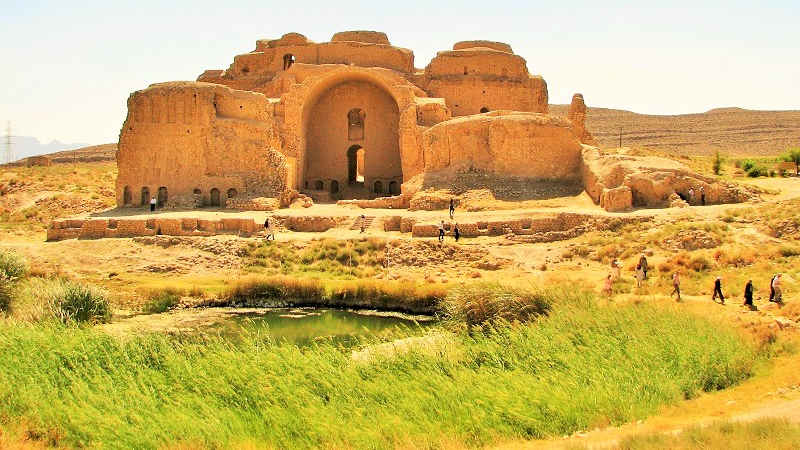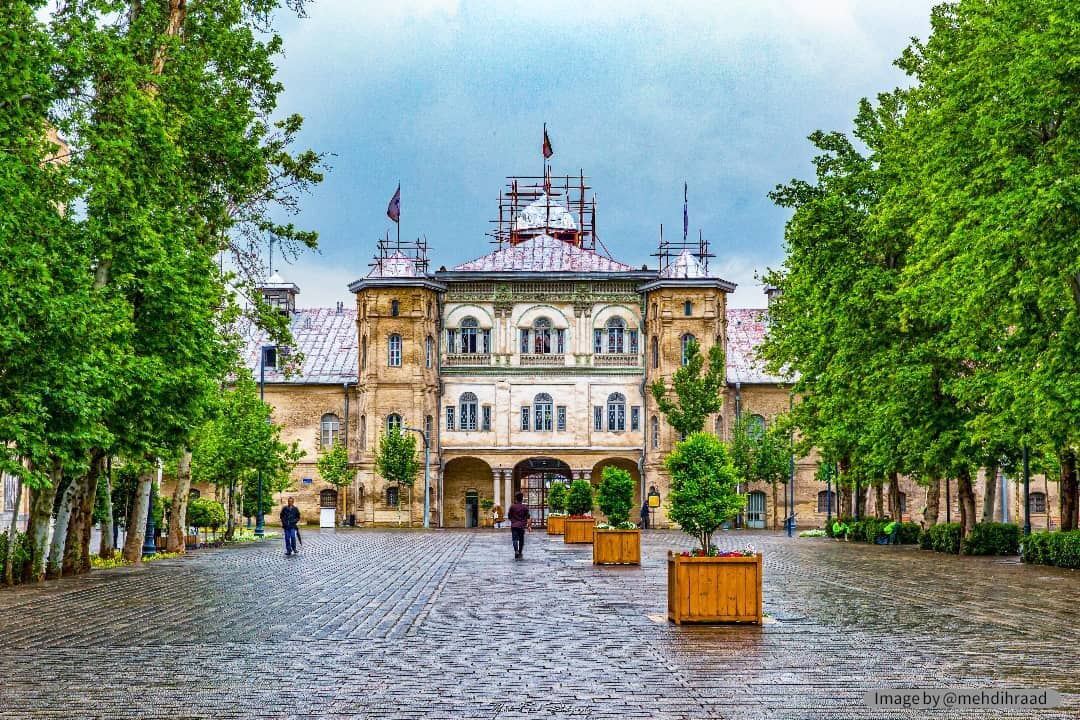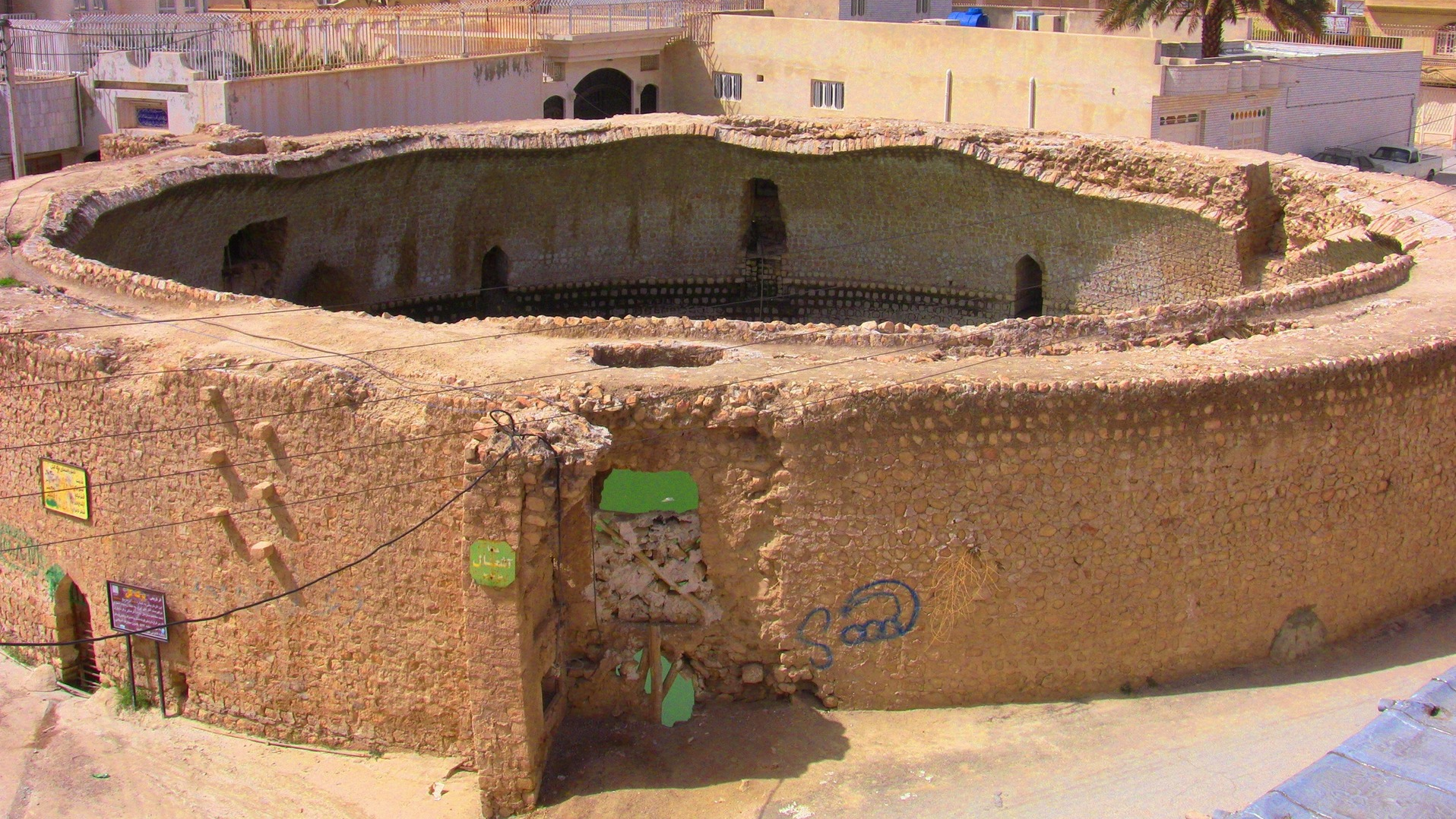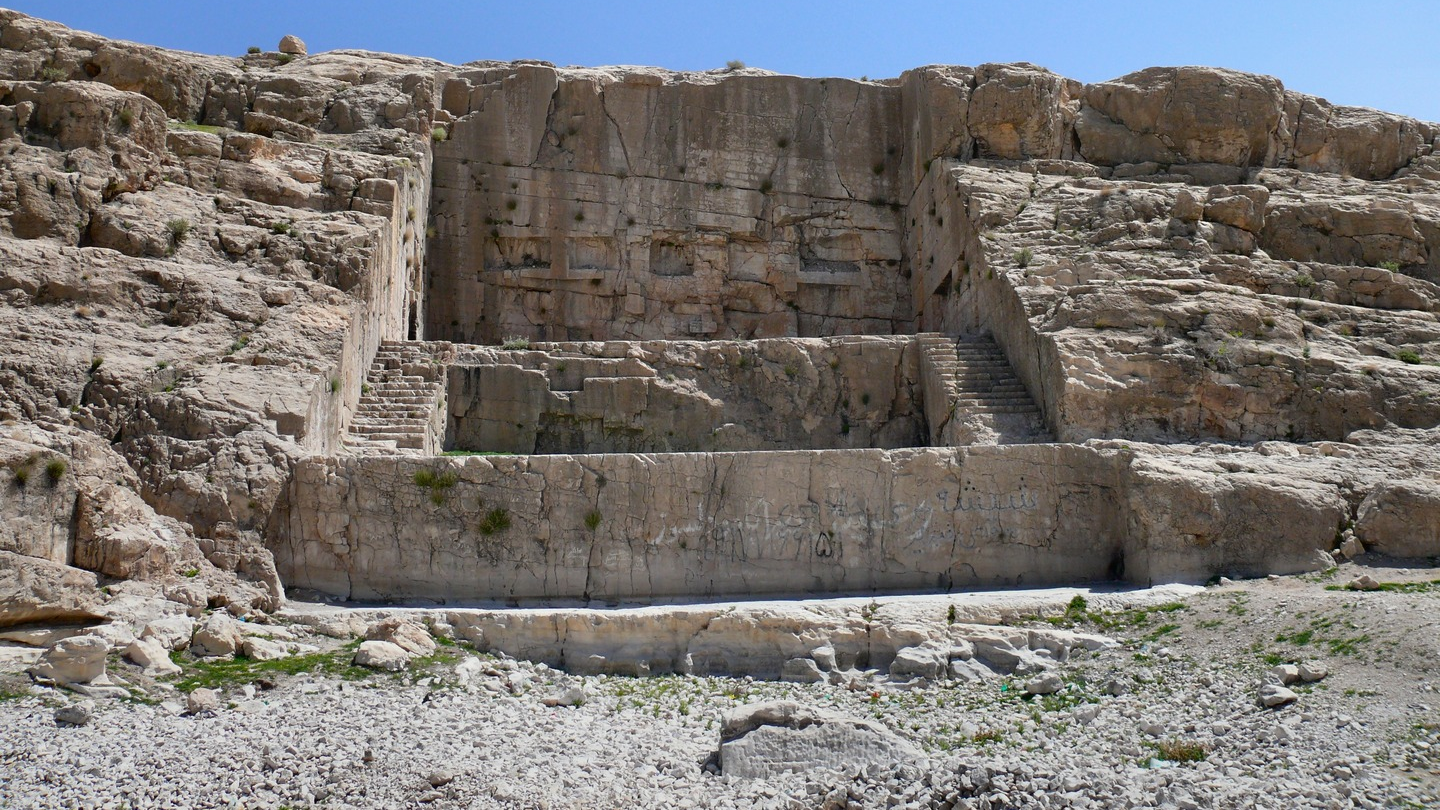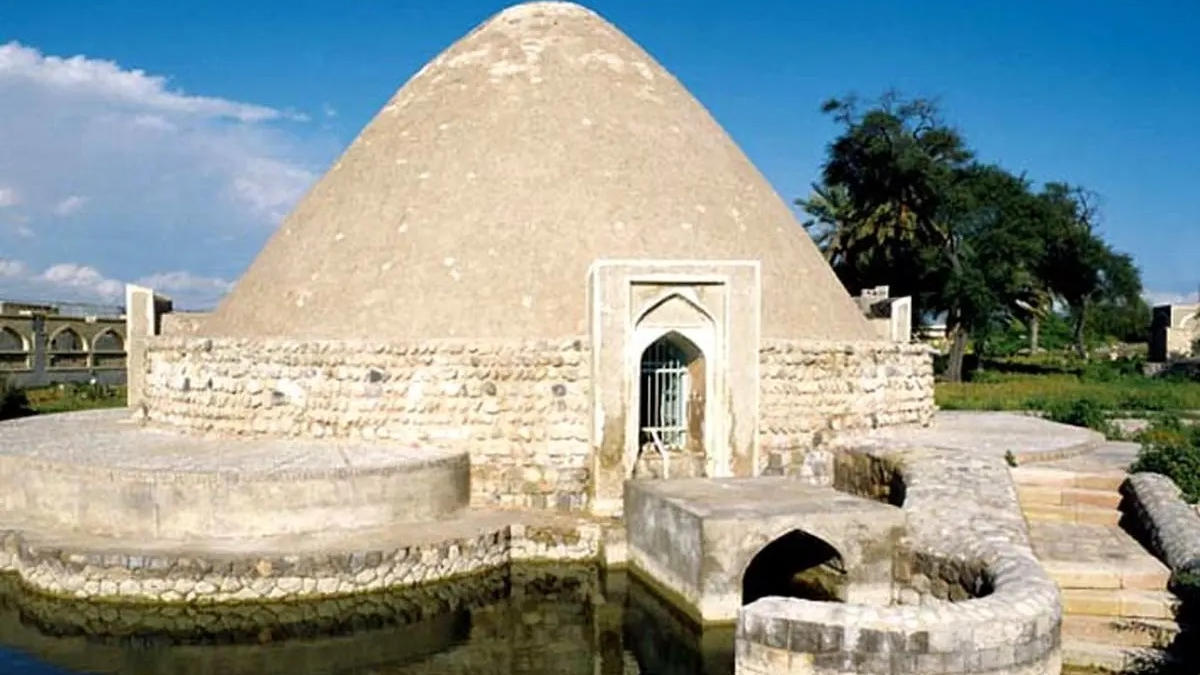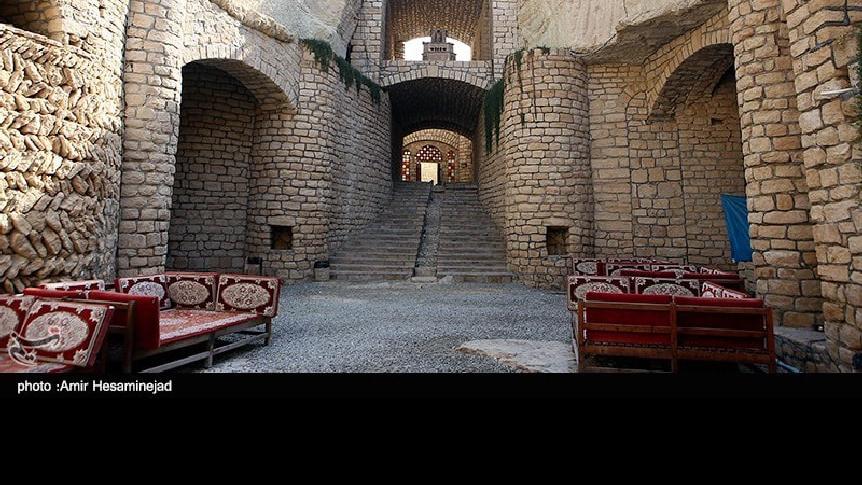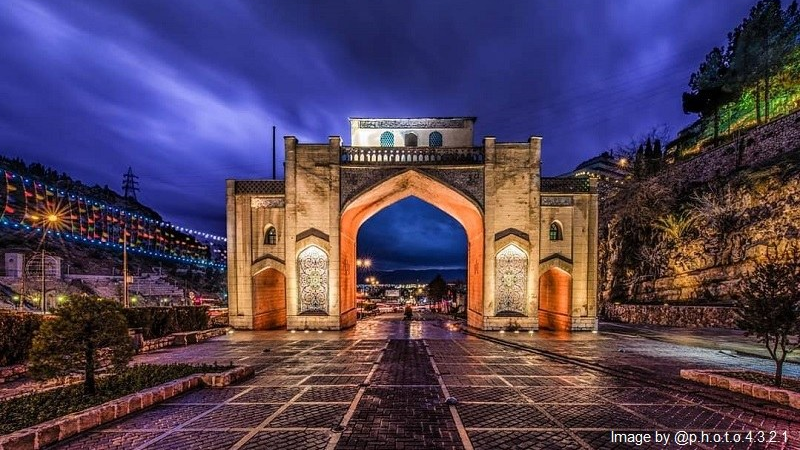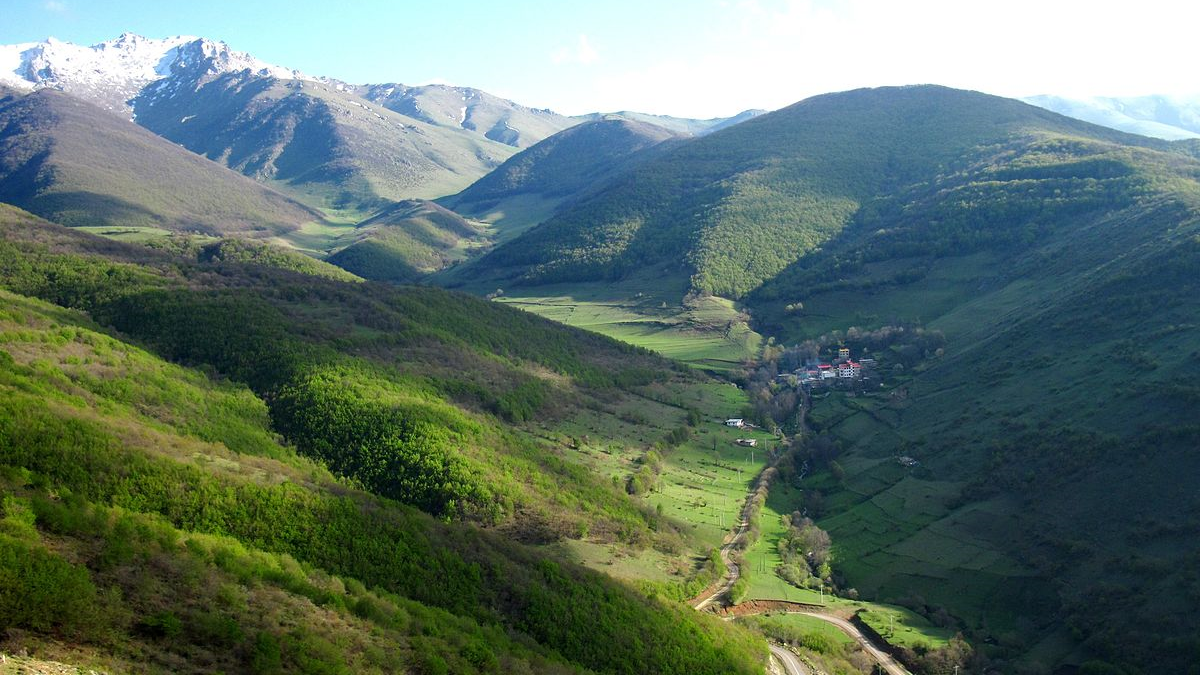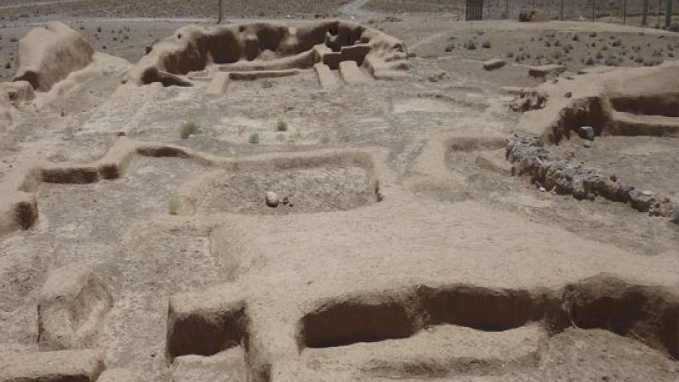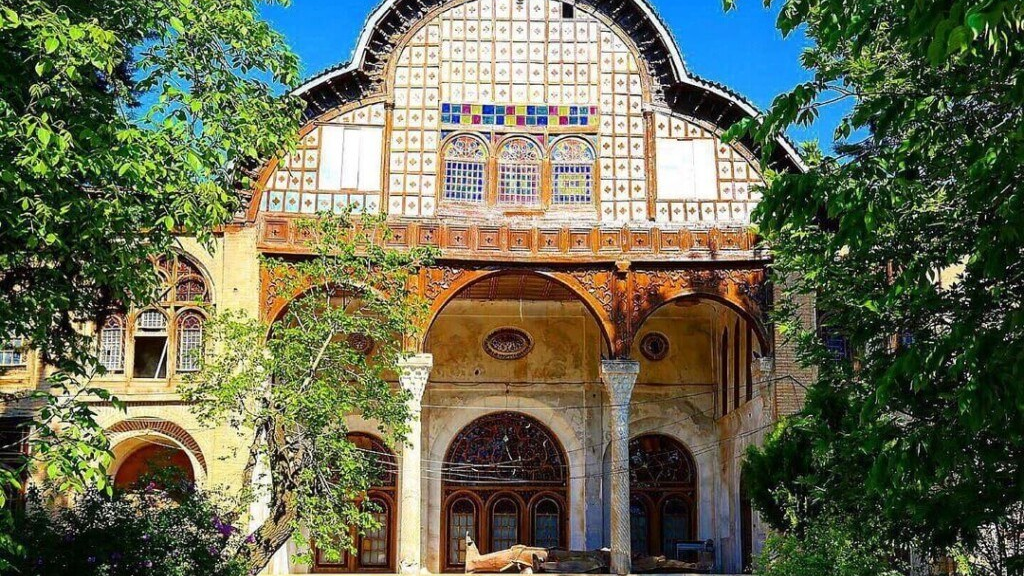
Juniper Forest of Bajegan
Despite the fact that most of the surface of Iran is covered by dry lands, different plant species such as Juniper grow in parts of it. These species are very valuable and in addition to creating attractive natural landscapes, they are considered very important for botanical and zoological studies.
Features of Juniper
Juniper or mountain cypress is a long-lived species and grows at altitudes above two thousand meters above sea level. This plant has more than 50 different species and is found in the Northern Hemisphere, from the Arctic to the rainforests of Africa. Juniper has found compatibility with almost all types of climates. The lifespan of some species of this tree is estimated to be up to two thousand years.
Juniper is a coniferous plant and has high stability against insects and pests and because of this stability, it is rare to find a Juniper tree that has dried up due to pest infestation or natural factors. One of the factors of the morphological differences of juniper trees is their effort to avoid the bites of pests and insects and adapt to natural adversities through shape change. This tree grows only through seed cultivation, but in nature, the seeds found in the feces of animals such as crows, boars, or bears provide a suitable growing condition for the spread of this tree.
Certain species of this tree have adapted to Iran’s climatic conditions and the shortage of its water resources and are known as native species of Iran. Yazd Province is one of the regions of Iran, which houses a juniper forest. The Juniper Forest of this region has grown around Bajegan Village, which is a village of Bafaq County in the southeast of Yazd Province and is famous for the stone architecture of its houses. The average air temperature of Bajegan is lower than other regions of Yazd, but it is not considered a rainy region in terms of rainfall. The Juniper Forest around this village is considered a valuable reserve and has beautiful scenery.
Juniper Forest of Bajegan
The Juniper Forest of Bajegan is located in the west of this village and is encircled by the surrounding mountains from the north, west, and south and it is the only forest reserve in Yazd province. The area of this forest is about 700 hectares and many old trees are found in it. Some local people believe that some of these trees are more than a thousand years old. The Juniper Forest of Bajegan has scattered vegetation. Since juniper only grows in the heights, it is possible to reach the main part of the forest only by walking and climbing on two rocky paths, one in the northwest of Bajegan Village (Shadkam Valley) and the other in the east of this village. The walking path is more than two kilometers, but seeing the blue sky and white clouds from the intertwining foliage of the juniper trees, in the incomparable silence of the surrounding mountains, is worth walking the distance!
The height of the Juniper trees of the Bajegan region varies from 60 cm to more than 20 meters and their trunk diameter sometimes reaches two meters. These trees are green all year round and because, unlike many coniferous species, they have significant horizontal growth, they are a suitable shelter to avoid the stinging summer sun.
The people of Bajegan and surrounding areas respect Juniper very much and consider it a symbol of endurance and patience. They use juniper wood to make the roof of the house or as a pillar of the building, but while cutting the branches and trunk of the tree, they act in such a way that the least damage is done to it and no problem is caused to its life. The leaves, seeds, and gum of this tree are used in the perfume industry. In the past, local people used the seeds of this tree to treat some diseases, such as earache.
This region was inscribed on the list of Iran’s natural national heritage in the Year 2017 AD.
Despite the fact that most of the surface of Iran is covered by dry lands, different plant species such as Juniper grow in parts of it. These species are very valuable and in addition to creating attractive natural landscapes, they are considered very important for botanical and zoological studies.
| Name | Juniper Forest of Bajegan |
| Country | Iran |
| State | Yazd |
| City | Bafq |
| Type | Natural |
| Registration | National |




Choose blindless
Red blindless Green blindless Blue blindless Red hard to see Green hard to see Blue hard to see Monochrome Special MonochromeFont size change:
Change word spacing:
Change line height:
Change mouse type:
